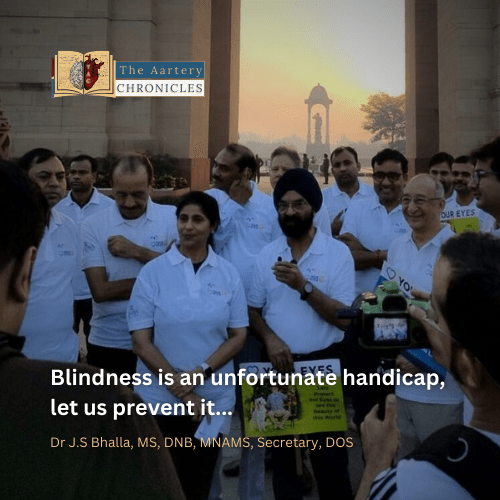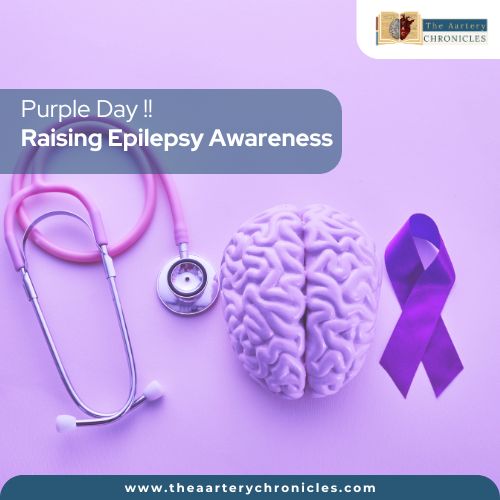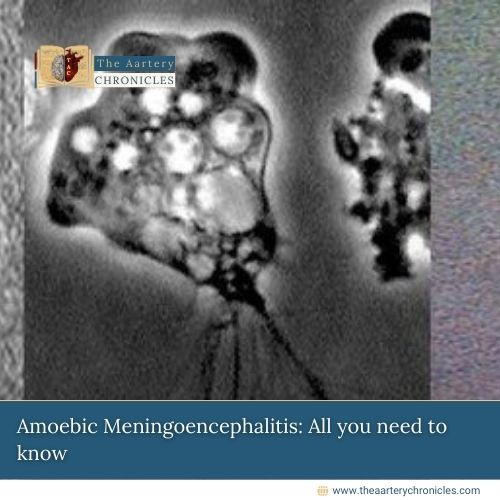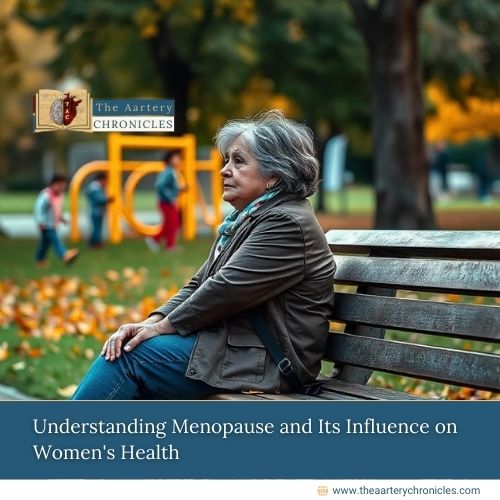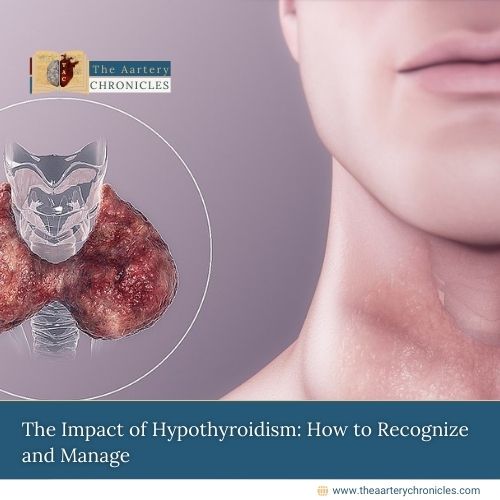

Suicide Risk in Young Adults With Disabilities
Summary: Suicide is the 3rd leading cause of death in young adults aged 18–25, and those with intellectual and developmental disabilities (IDD) face even higher risks. A new study highlights why this vulnerable group is overlooked in suicide prevention and urges tailored strategies, better screening, inclusive care, and more research to protect them.
Did You Know? Suicide Rates Among Young Adults with Disabilities Are Rising
Suicide is now the third leading cause of death among people aged 18 to 25, according to the CDC, with rates increasing by 51% between 2000 and 2021. But what’s even more alarming is that young adults with intellectual and developmental disabilities (IDD) are often left out of these suicide prevention efforts despite being at an even higher risk.
A new study by Florida Atlantic University, published in Current Psychology, is calling attention to this dangerous oversight. It shows:
- Why are individuals with IDD more vulnerable?
- How do traditional suicide screenings fall short?
- What can healthcare professionals do to protect this at-risk group?
Overlooked and At Risk: Why IDD Youth Face Heightened Danger
“For too long, there has been a misconception that individuals with IDD are somehow protected from suicidality due to perceived cognitive limitations,” says Dr. Alexander M. Fields, senior author and assistant professor at FAU.
But emerging evidence reveals the opposite, that many of these young individuals face significant psychological strain from:
- Social isolation
- Abuse and bullying
- Lack of access to education or jobs
- Emotional dysregulation
- Stigma and exclusion
- Over-dependence on caregivers
Diagnostic Overshadowing: The Hidden Barrier
One of the biggest barriers to proper care is diagnostic overshadowing. This occurs when mental health symptoms are mistakenly dismissed as part of a person’s disability. As a result, suicidal ideation is underdiagnosed or misdiagnosed, and individuals are denied timely help.
Standard suicide screening tools also fail this population; they’re often too complex or developmentally inappropriate, leaving a major gap in assessment.
Two Models That Can Help: BPM and SBM
To address this crisis, researchers introduced two practical tools:
- Behavioral Pathway Model (BPM)
- Suicidal Barometer Model (SBM)
These models provide step-by-step frameworks to evaluate and support individuals with IDD. Through the fictional case study of “Anthony,” a 21-year-old with autism and mild intellectual disability, the study shows how real-world prevention can be applied thoughtfully and effectively.
What Caregivers and Clinicians Can Do
The research team emphasizes that educating caregivers and health professionals is key. This includes:
- Training to identify atypical warning signs
- Using adapted screening tools
- Improving communication strategies
- Avoiding assumptions based on perceived disability severity
Dr. Fields adds, “Signs of suicidality may present differently in people with more severe disabilities.”
Public Health Recommendations
The study outlines critical reforms to support young adults with IDD, such as:
- IDD-specific training for healthcare providers
- Validated suicide screening tools suited for cognitive differences
- Making crisis helplines and services IDD-accessible
- Creating community-based support to reduce isolation
- Funding more inclusive, evidence-based mental health research
These changes are essential to prevent further loss of life in a population that has been ignored for too long.
Conclusion: Time to Rethink Suicide Prevention for IDD Youth
This research is more than a warning; it’s a call to action. As Dr. Fields rightly says, “Effective suicide prevention for young adults with IDD demands more than adapting existing models – it requires a wholesale reimagining.”
If we want to turn the tide, the solution must be inclusive, evidence-based, and involve every level of care, from school programs and community networks to hospitals and public policy.
Inputs from various media sources
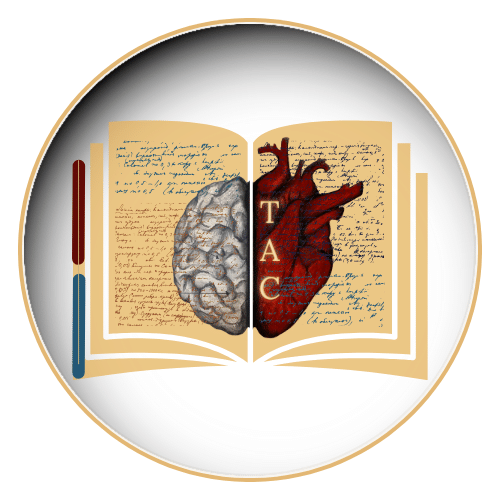
Dane
I am an MBBS graduate and a dedicated medical writer with a strong passion for deep research and psychology. I enjoy breaking down complex medical topics into engaging, easy-to-understand content, aiming to educate and inspire readers by exploring the fascinating connection between health, science, and the human mind.

